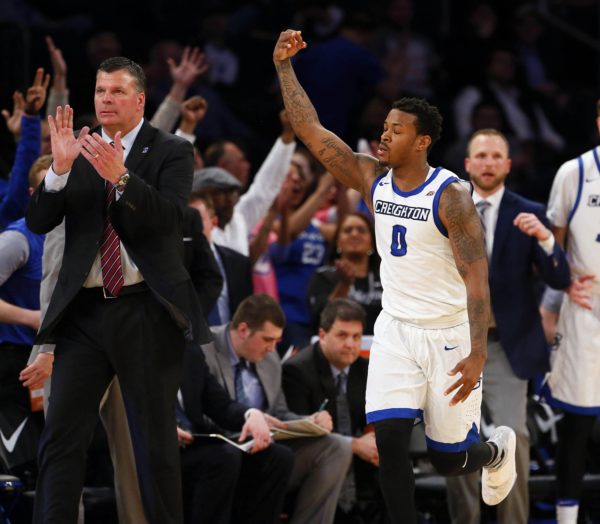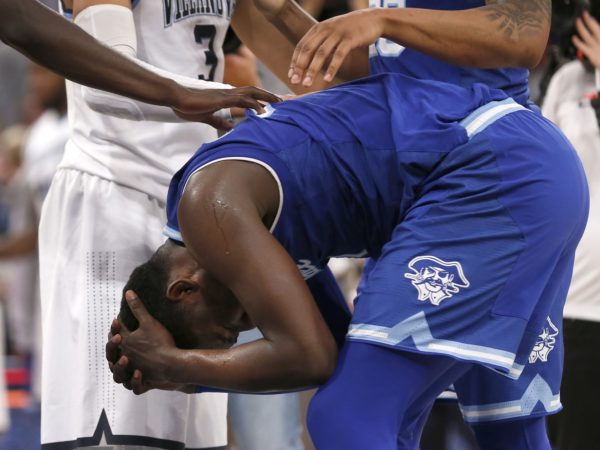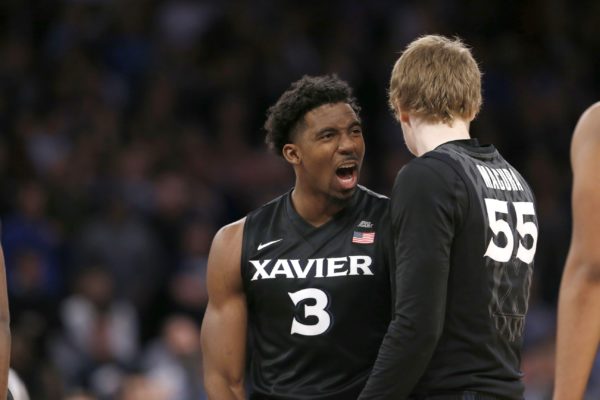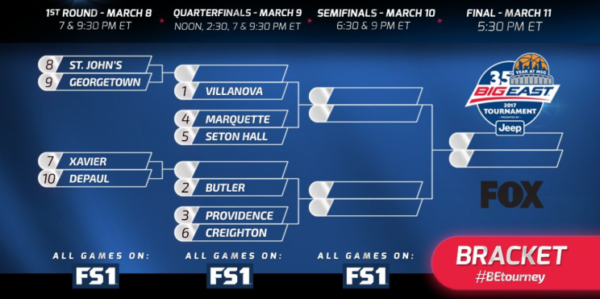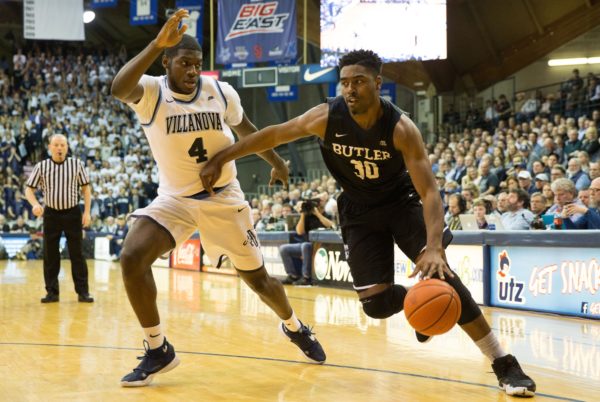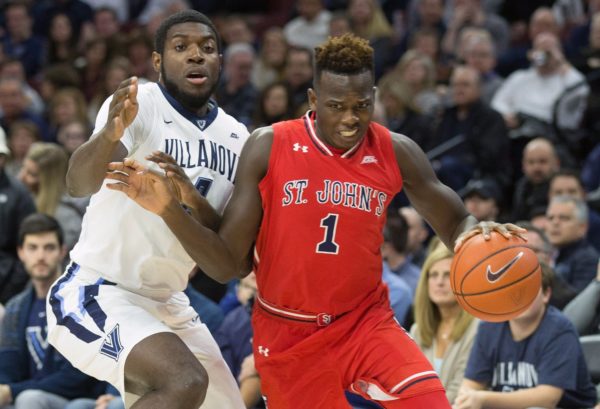Rushed Reactions: Creighton 75, Xavier 72
Posted by Justin Kundrat on March 10th, 2017RTC’s Justin Kundrat (@justinkundrat) is providing on-site coverage of the Big East Tournament all week long.
Three Key Takeaways.
- Consistent play from Justin Patton is a major determinant of Creighton’s postseason success. He’s gotten some flak lately for inconsistent scoring and sub-par defense but the numbers don’t lie. With the 7’0″ freshman on the floor, Creighton allows just 0.95 points per possession — when he’s on the bench, this number stands at 1.06. For a 70-possession game, this amounts to a difference of seven points allowed per game. Moreover, Patton’s impact on the offensive end as a catch-and-finish rim threat and capable three-point shooter have been long admired by scouts, and Friday night’s output was a perfect showcase: Patton poured in a highly efficient 21 points on 10-for-13 shooting.
- Xavier’s inexperience at the point guard position is overblown. Obviously, the injury to Edmond Sumner does more harm than good, but freshman Quentin Goodin has come a long way in averaging 7.4 points and 5.2 assists per game in his absence. There are many similarities to their games, notably the ability to channel well-timed passes to the post and a tendency to attack the basket, making Goodin an ideal substitute. As such, while the freshman isn’t nearly the same finisher as his counterpart, his recent bout of confidence has given Chris Mack‘s four-out perimeter offense much more room to run with results following.
- Tonight marked a revival of two struggling offenses. Xavier’s turnaround got underway earlier this week after a string of poor performances marked by questionable shot selection and decision-making. Meanwhile, Creighton broke a three-game skid of sub-32 percent three-point shooting, an unusual slump for a team that is averaging 40 percent on the season. Needless to say, confidence plays a vital role in offensive efficiency and both teams are turning things around at the right time.





























